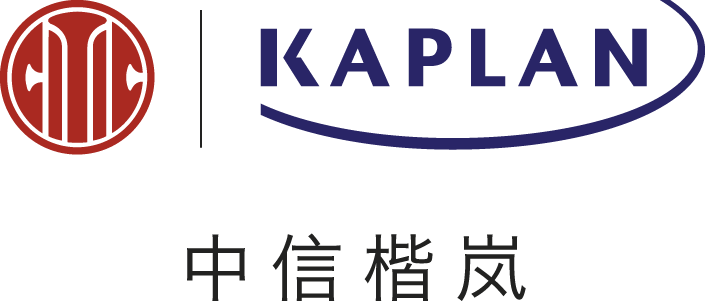strategic business report:
governance
lease
employment benefit
share-based payments
share-based payment option
no cash transaction
vesting 归属、赋予
vesting condition
enquity settled share-based payment:
Dr expenses/asset
Cr enquity
renuneration package: measurement is difficulty
grant date: the date both parties entry into the agreement if there is no future vesting condition ,recognized in full at grant date
vesting date: the date that vesting condition meet. shares or share options are transfered to the counterparty
exercise date: option may be exercised
vesting period: measurement based on the best estimate of number of enquity instrument expected to vest.
vocabulary:
cash equivalent
equity
best estimate of
equity instruments
subsequently
important date:
grant date
vesting date
exercise date
exercise period

settlement grant day account entries
subquently booking based on best estimation
modifications and concellation entries
critical factors:
1. account rntries Dr asset
Cr equituy
2. valuations
3. timing grant, vesting, exercise date, exercise period
4.vesting conditiom
guidance of transation entries
remuneration for employees:
salary bonus other benfit share-based payment
market based vesting condition payment related to share market price factors are measured based on fail value
non-market based condition since the conditon is not related to share market price, need to consider when calculating numbers of instruments expected to vest(cash settlement?)
After the vesting period:
Scenario 1 all options exercised
Dr Cash
Dr other components of equity
Cr share capital
Cr share premium
scenario 2 options which vest are not exercised
any amount in other components of equity to be tansferred to retained earings
cancellation:
Cr Cash
Dr P/L
Dr Equity
cash settled share-based payment
Dr expense/asset
Cr obligation/liability

cash settled payment
SAR(share appreciation rights)
Fair value of SAR=time Value + intrinsic value






